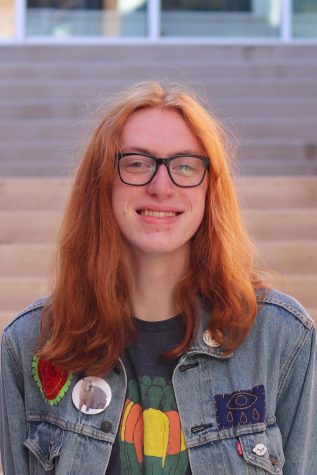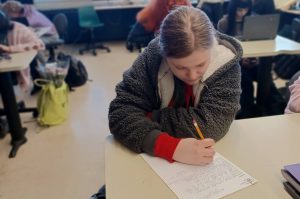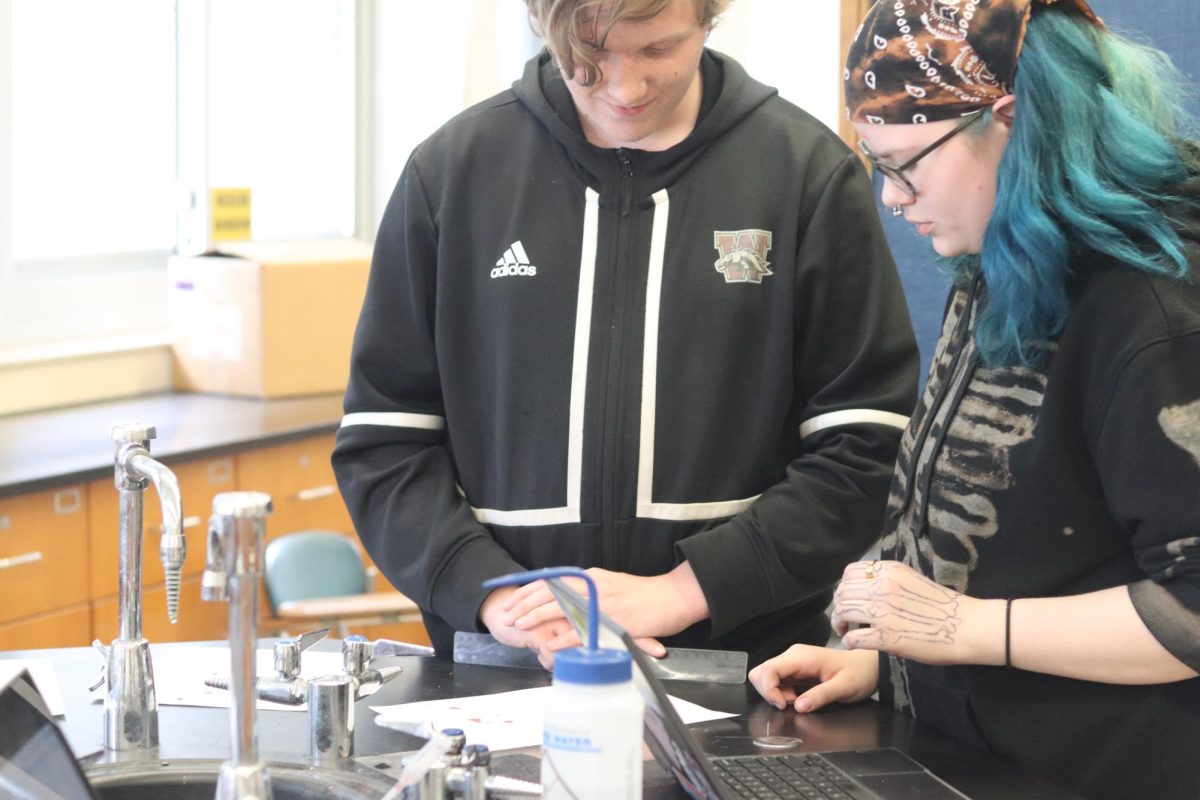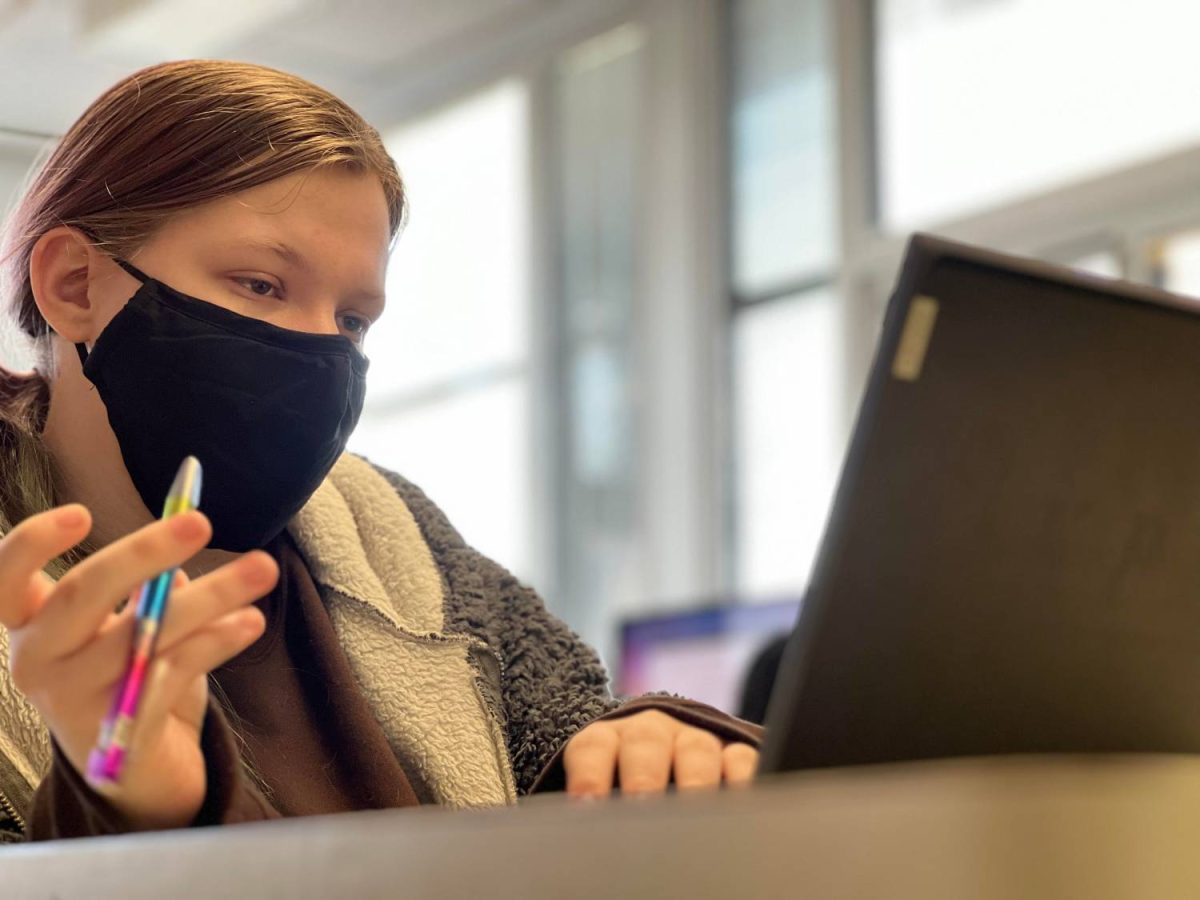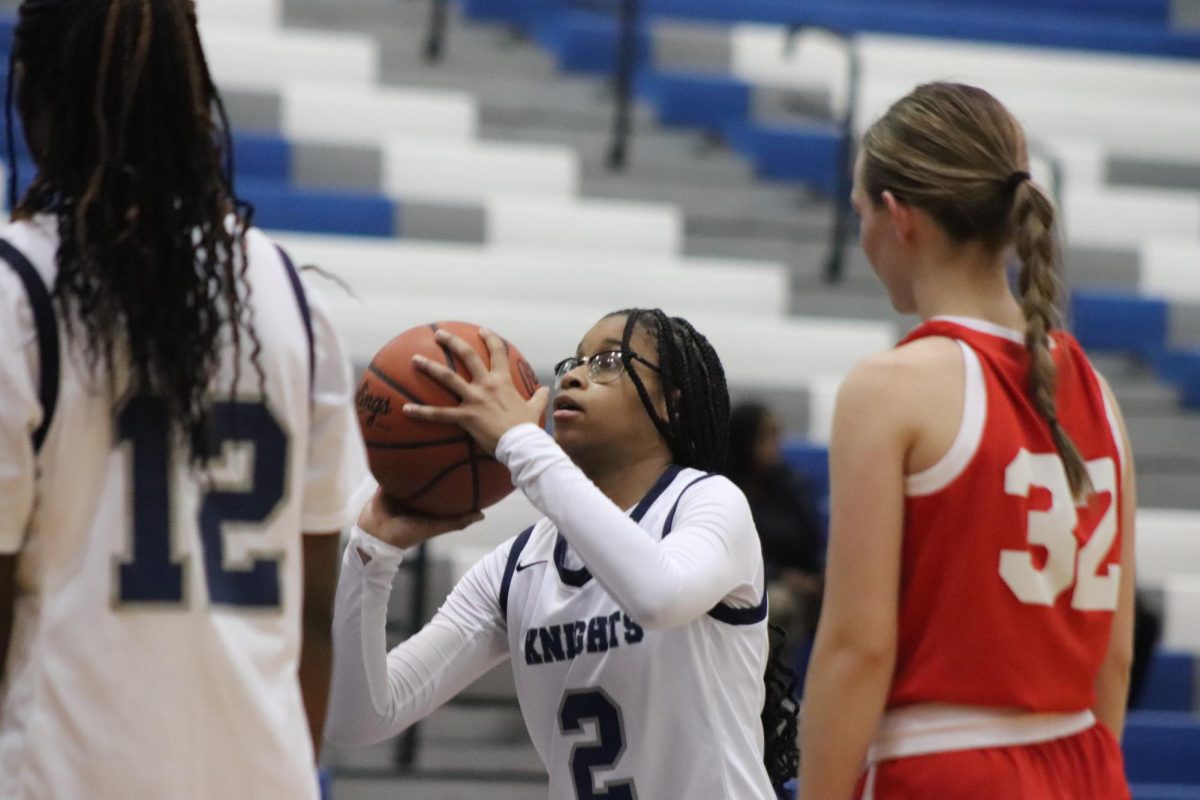Pay increase for substitute teachers begins to alleviate district shortage
Credit: Elliot Russell
Ms. Dantes checks out a student from the main office. This is one of her many responsibilities throughout the day.
February 16, 2022
“I think there’s two fighting issues because the pay did increase, which is fantastic and makes us competitive with the districts around us, but also with the surge of COVID cases, we’re still not pulling in as many subs,” said Loy Norrix secretary Jennifer Dantes.
On Dec. 17, as the district adjourned for winter break, the KPS Guest Teacher Committee announced that in the new year, KPS would be increasing pay rates across the board for substitute teachers in an attempt to combat the sub shortage that has been prevalent in KPS since the beginning of the year.
The crisis has forced teachers to act as subs for other classes during their plan periods, the time set aside each day for them to prepare instruction and assess student work.
The new daily pay of $125 is in line with what the Kalamazoo Education Association teachers union proposed back in October, a marked $40 increase from the previous pay of $85 per day. The district’s two $100 bonuses for every ten days worked in a given month are still available.
Additionally, long-term subs have also seen a pay increase from $105 per day to $145 per day for time periods less than a month long and $160 per day for any time longer than that.
Though the KEA hoped a pay increase would be a solution to the crisis, there has only been a small margin of more subs in schools thus far.
According to Steve Leland, who works in KPS Human Resources and heads the Guest Teacher Committee, the average fill-rate—the percentage of vacancies due to teacher absence filled by dedicated non-teacher subs—has jumped from 47% to 51% since the new year began.
Dantes has overseen daily substitute teacher assignments at LN since the beginning of the year. It’s her job to collect and distribute folders of instructional material for subs, and if a sub doesn’t show, it’s on her to figure out where they are.
“I don’t think the sub coverage jumped as high as people might’ve thought it would,” Dantes said. “Subbing is not an easy job. Kids treat you poorly. They do. It doesn’t matter: you can even take the best class with the best load of kids that you think would be easy and sometimes they go ape. So subbing is very difficult, so it does take a certain person to do it and do it regularly.”
Though the uptick in the fill-rate has been less than expected, Leland noted that the numbers have been steadily increasing each week: last week’s fill-rate was 66%.
If you are interested in working as a substitute teacher for KPS, you can apply to do so though EduStaff, the company who oversees the employment of subs in the district.
“We need the support. All of us, as a community, but I don’t know,” said Dantes. “We wait and see, and hopefully it will come.”



